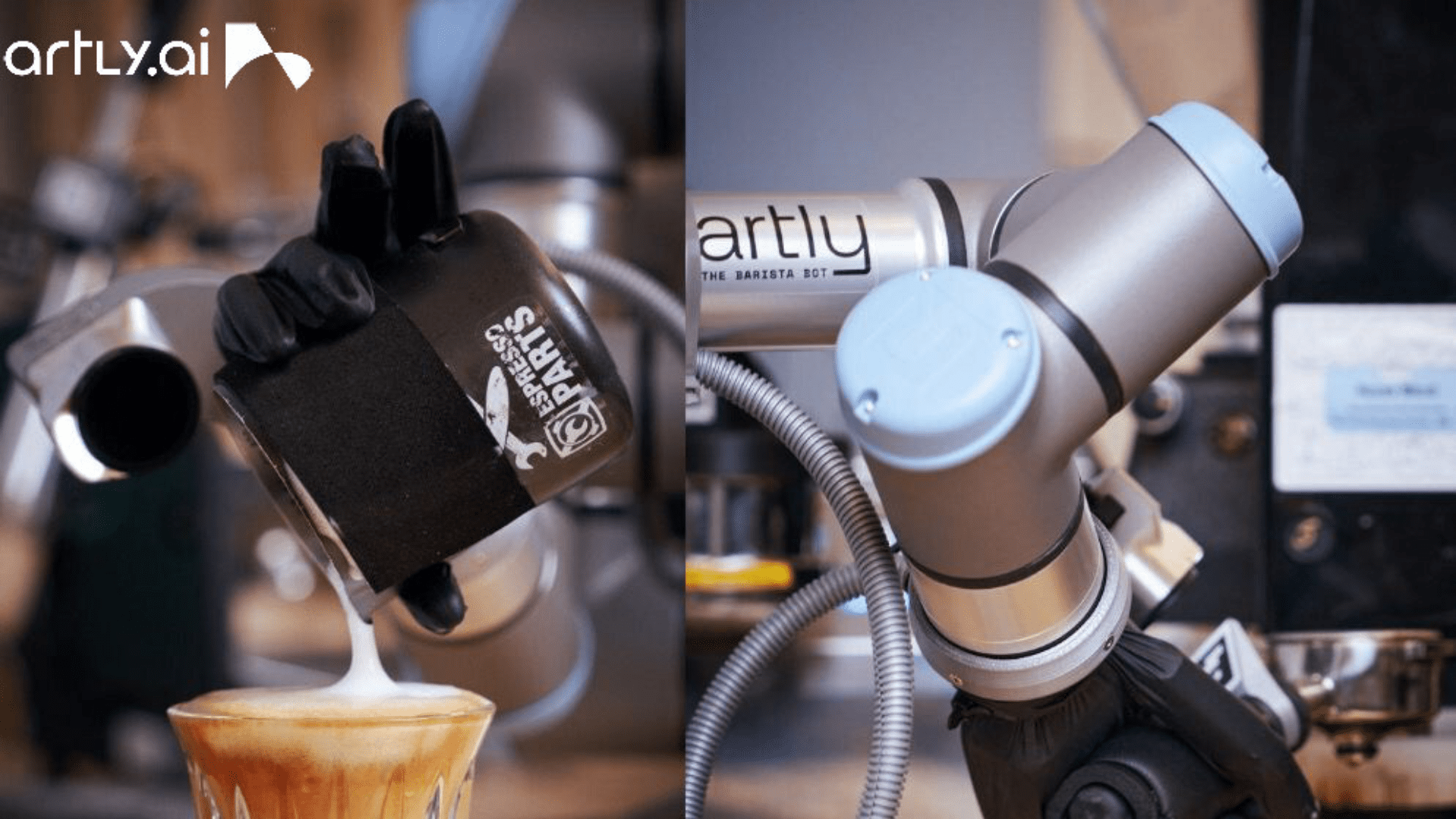Wearable neurotech or therapeutic medical devices that apply brain stimulation from outside the body could treat a range of chronic health issues.

Among the potential uses for this type of technology include conditions such as anxiety, depression, insomnia, post-traumatic stress disorder, and PMS. It could also have potential uses for metabolic disorders such as obesity or type 2 diabetes.
One such wearable device was created by the company Flow to treat depression using a form of electrical brain stimulation called tDCS, or transcranial direct current stimulation. The device applies low-current stimulation to the user’s head via a pair of conductive pads placed on the forehead.
The company suggests daily treatments for an initial period of several weeks, after which users could move to a few sessions per week. The company website states that if clients find the product helpful for the first 10 weeks, they should continue “for at least another 6 to 12 months, even if you have become symptom-free.”
The idea behind the noninvasive neurotech is that stimulating the brain’s activity in a targeted way could influence how a person feels by changing the electric signals that brain cells use to communicate. This type of technology could be potentially beneficial as an alternative treatment for people who don’t respond well to drugs.
“Brain cells communicate with electrochemicals,” stated Cambridge University’s Dr. Camilla Nord, an assistant professor, head of the university’s Mental Health Neuroscience Lab, and author of The Balanced Brain. “So one way we can change activity in the brain — and thereby someone’s thoughts, mood [etc.] … is by changing the chemistry. That’s what drugs like antidepressants, antipsychotics do. The second way we can change it is by changing their electrical signals — and that, in varying ways, is what brain stimulation does.”
Factors such as cost, dependency, and negative side effects of medication are among the reasons neurotech could be appealing, provided device makers can demonstrate that their products are safe and effective.
“My understanding of the level of brain stimulation used in these commercial devices [is] they are not something to have safety concerns about,” she suggests. “These are very, very low levels of electrical brain stimulation — if they’re changing neuronal activity, it’s likely to be at safe levels if you’re using them for a short amount of time, which is how they’re recommended for use.







